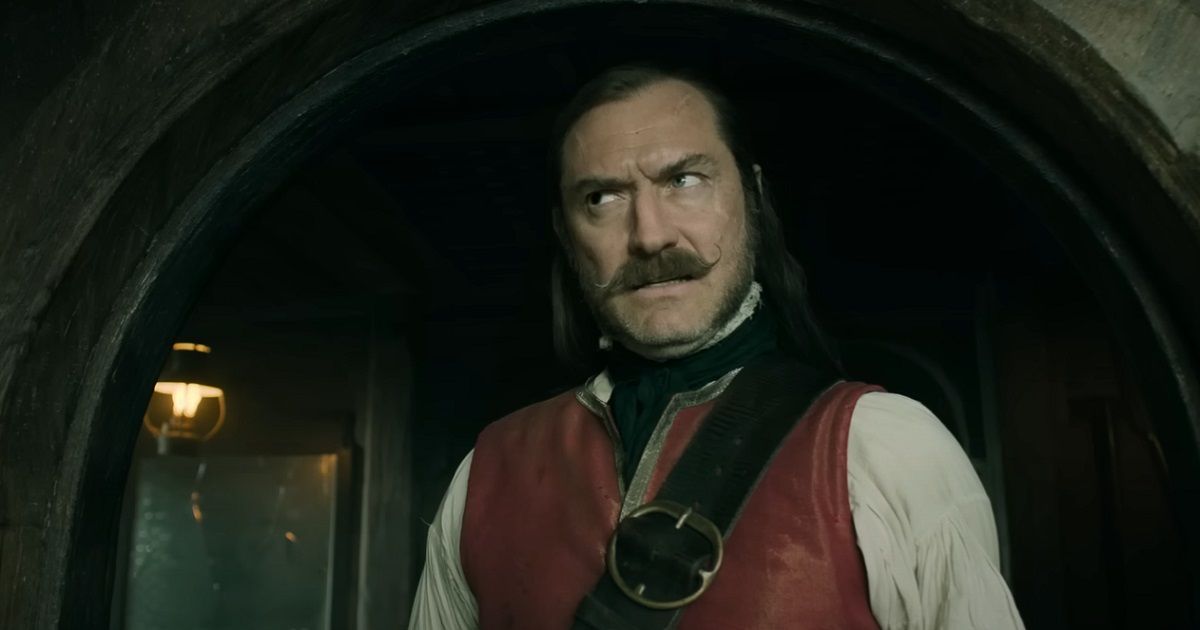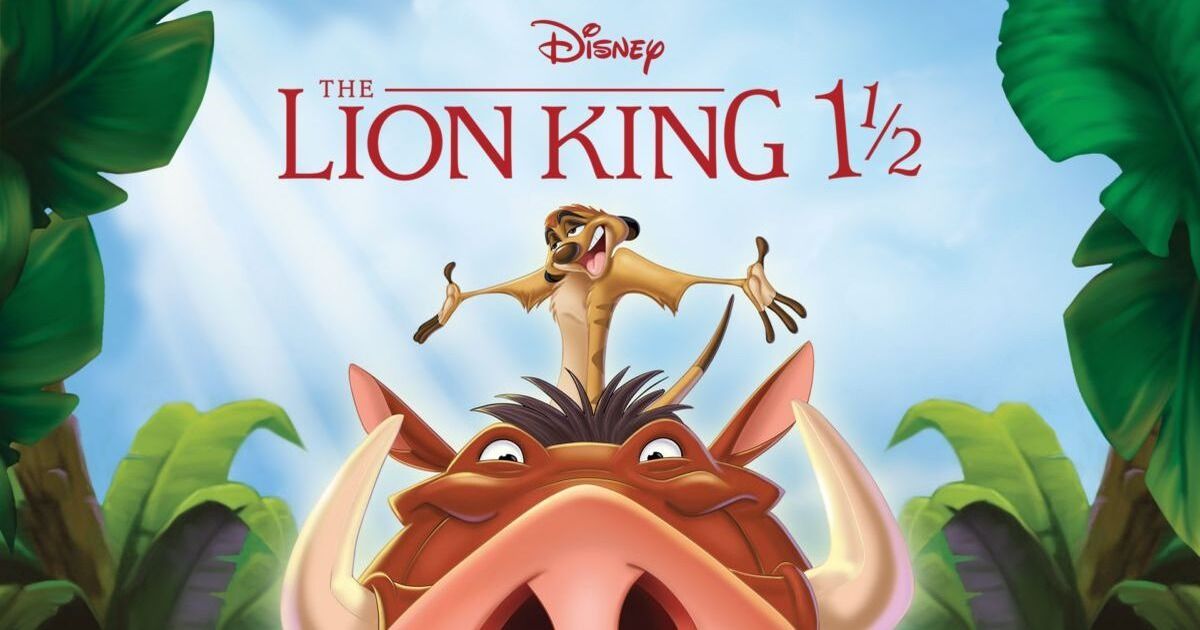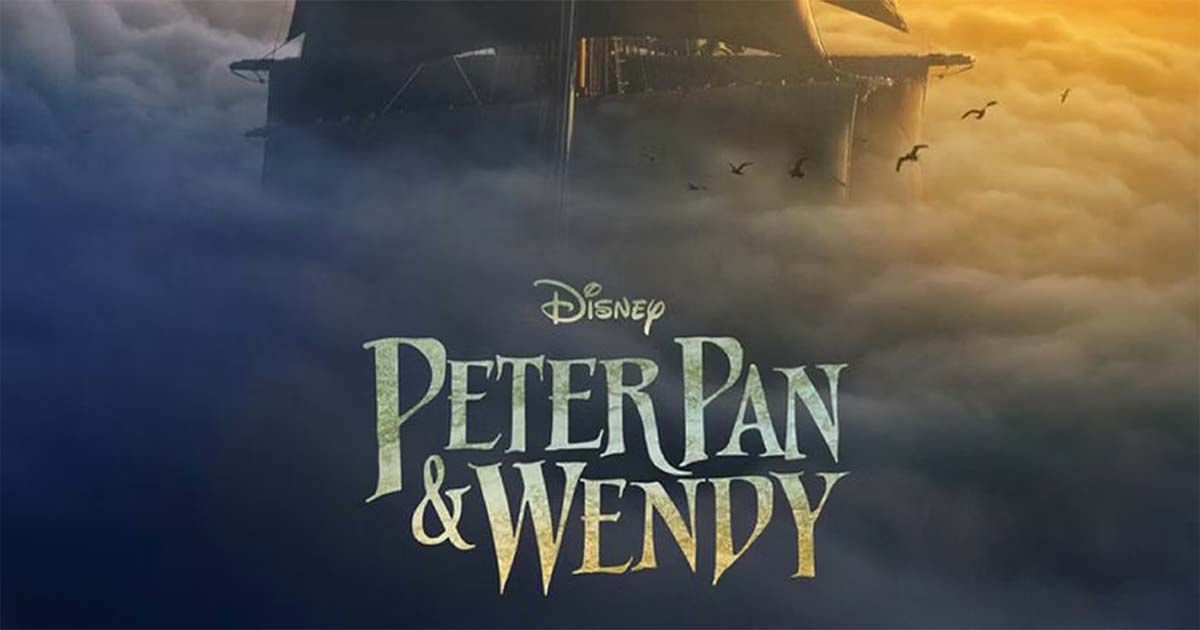Peter Pan & Wendy has recently premiered on Disney+ with mixed reviews. With the original story and animated film considered cult classics, this remake falls in the expanding category of beloved Disney movies that get a live-action remake by the same company.
Yet, this also gives the feature a controversial aura, as many viewers are dissatisfied with these remakes. Though reasons for complaints can be associated with Disney’s inclusive policies, the truth is that concerns can also be traced to the quality of the films and the level of alteration of the original animated movie, showing that the mixed reception has multiple causes, varying on each title.
However, there is something curious about Peter Pan & Wendy and a growing trend from this era. The remade adventure of the boy who never grew up skipped cinemas just like the lackluster Pinocchio live-action remake by Robert Zemeckis. Both follow the same premise: stories considered classics coming to the XXI century as forgettable live-action remakes for streaming services.
The problem with this decision is that it labels differently what should make it to the silver screen and what is set only for home viewing. There’s a backstory to this decision that takes a toll on future Disney releases.
The Disney Direct-to-video Era
Direct-to-Video used to be a priority for Disney long before streaming services, when DVDs were just the promising future of the home-owned, and VHS was the king of domestic viewing. Of course, at that time, the box office was the main focus of the industry, the undisputed voice of what was cinematically worthy, and movie theater attendance was as evergreen as ever, not concerned about people opting to watch stuff at home or at least not in a way that it would affect the studios’ revenue.
Back then, Disney had a whole division of animation dedicated to films that would not hit cinemas. Many direct-to-video popular Disney movies were a huge hit. Nevertheless, deeming a film a direct-to-video production meant less investment in the result. The animation was not as polished as a cinematic release, and the production times could be significantly reduced, affecting the animation, script, and, ultimately, the film's potential success.
In other words, a direct-to-video Disney movie was not worthy of a cinematic release, which by then was usually reserved for sequels of very popular features or TV shows that could have a special film instead of longer two or three-part episodes. For cinemas, the priority was new stories over old ones.
This system was far from virtuous, sparking internal disputes among animation teams, but it seemed functional enough to the studios at the time. Then, of course, streaming services changed film viewing in ways that are still hard to explain today, and Disney could not stay out of this.
Moreover, animation technology improved to the extent of making the old gap between domestic vs. cinematic films almost nonexistent. But, for an industry giant like Disney, it also meant a review of their streaming vs. cinemas strategy and the current dilemma.
Direct-to-Disney+ Films and Live-Action Remakes
The film production equation has changed in only so many ways since the direct-to-video era. It’s been a while since Disney+ began, and it has already premiered dozens of films, and it would be a mistake to say that those movies were not cinema-worthy.
However, it’s also wise to acknowledge that the pandemic hit in 2020, and what seemed a heated dispute between streaming and theaters cooled down temporarily due to the limitation of worldwide theaters to receive moviegoers. This affects every studio and streaming service in the industry, and there have been many award-winning films that barely hit theaters between 2020 and 2023.
In Disney’s case, in particular, an interesting change that provides the example for the article is the balance between old and new stories. The company is still creating new concepts, such as the upcoming Wish, but old ideas, such as live-action remakes of beloved classics, account for a significant part of Disney’s live-action release schedule. Whereas the flexible yet agreeable rule was that direct-to-video movies were primarily reserved for sequels, now, it’s unclear what makes a Disney movie cinema-worthy.
The cultural significance of Peter Pan is undeniable. Millions of fans hold it dearly to their top Disney choices, and a live-action remake would easily catch both the attention and concern of many of them. This piece is not a Peter Pan & Wendy review, so there’s no judgment on the film's merits, yet the fact that it skipped cinema may become a lesser-quality stamp for future live-action releases.
With less than a month before the premiere of The Little Mermaid, it’s fair to ask why the modern Ariel can make it to the silver screen whereas the boys from Neverland didn’t. Paradoxically, it’s Disney’s trust in the result that transpires from this decision. Though the question of quality might be involved, it cannot be the only measure to categorize Disney live-action remakes between cinema or direct-to-streaming.
Of course, there are many numbers and calculations behind this decision, so it would be imprudent to assume it’s a mistake. Despite it, if the trend of premiering live-action films that are not as well received as they could be (considering they tell stories that set the bar high in terms of remakes), audiences might start skipping any future remake Disney considers not cinema-worthy.
In the end, reception is the answer to every question, and it takes one or two popular live-action remakes that are Disney+ exclusive to break the trend, but Peter Pan & Wendy’s example seems like a warning for viewers not to expect so much from a remade classic that does not deserve a shot at the big screen.



